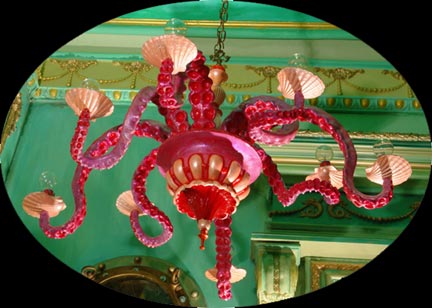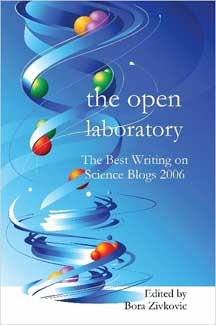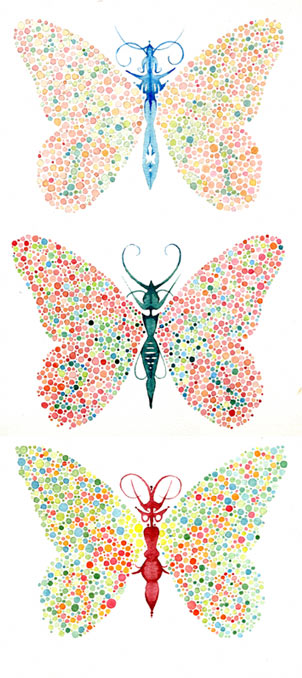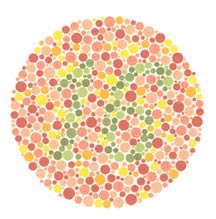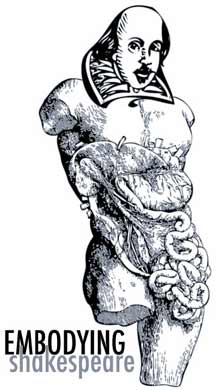It’s Edgar Allan Poe’s birthday today, so the poem of the week must be his. Sadly, Poe did not seem to have a cuddly relationship with science. He’s downright accusatory:
To Science
Edgar Allan PoeScience! true daughter of Old Time thou art!
Who alterest all things with thy peering eyes.
Why preyest thou thus upon the poet’s heart,
Vulture, whose wings are dull realities?
How should he love thee? or how deem thee wise,
Who wouldst not leave him in his wandering
To seek for treasure in the jewelled skies,
Albeit he soared with an undaunted wing?
Hast thou not dragged Diana from her car,
And driven the Hamadryad from the wood
To seek a shelter in some happier star?
Hast thou not torn the Naiad from her flood,
The Elfin from the green grass, and from me
The summer dream beneath the tamarind tree?
Ouch! But Poe doth protest too much; he was fascinated by science (and pseudoscience). He seems to have been well-versed in the scientific thought of his time, and wrote a long “prose poem” called Eureka which proposed a mechanism for the creation of the universe very similar to the Big Bang. It’s a strange experience, reading Poe on Newton!
Continue reading

